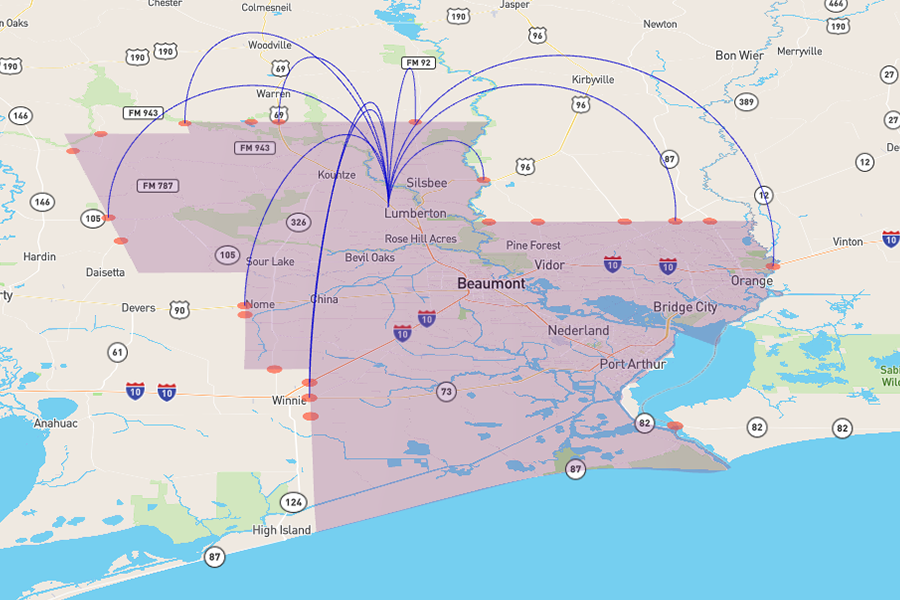Household surveys
The household survey helps determine the amount of travel generated by local residents in an area. Participants use a smartphone app, website, or other methods to record where, when, how, and why they travel.
Process

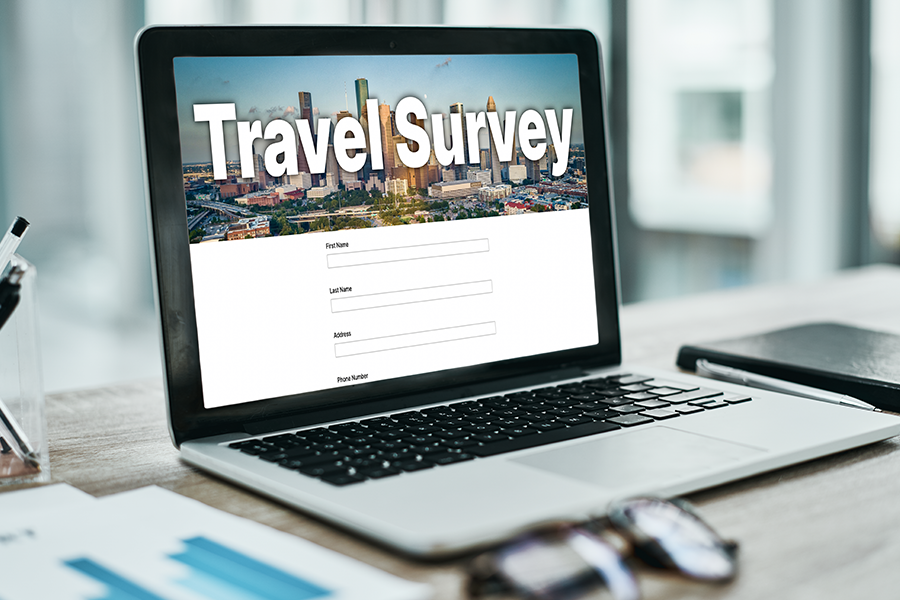
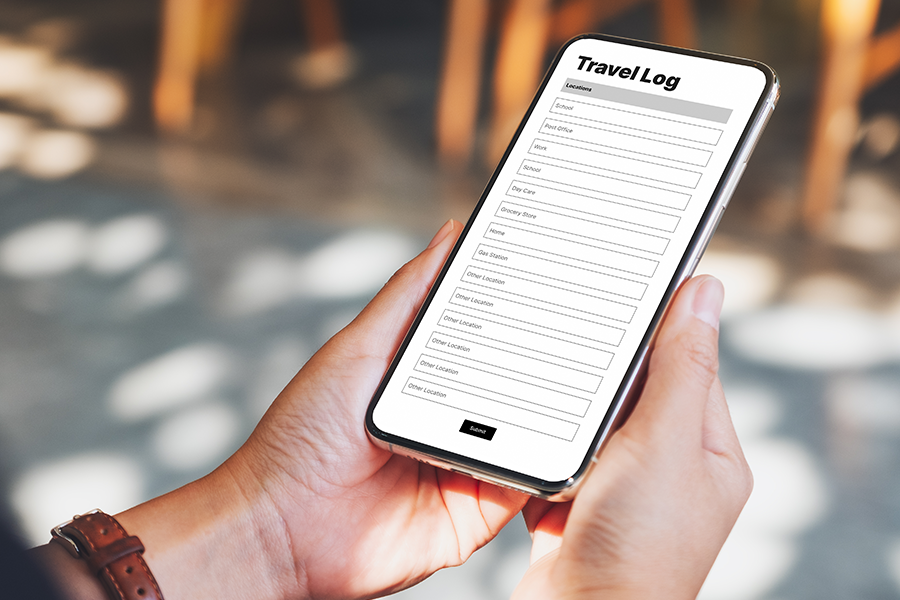
1. Recruitment
Each household, through random sampling in the survey region, will receive a postcard requesting them to participate via a QR code or by accessing the survey directly on a TxDOT contracted vendor’s website.
2. Travel survey
Sign up
Once on the vendor's website signup page, the household will respond to simple questions to see if they qualify to take the travel survey.
Travel survey
Qualified households will now begin the online travel survey and provide detailed information regarding their household trips and modes of travel. Also at this time, they will select a weekday travel date for when they will record their travel. All personal information collected is kept confidential and anonymized.
3. Travel date
On their travel date, each household member will provide travel diary information that includes all the places they traveled to during that day, including their stops. For their convenience, households can download the vendor's survey app to capture their travel and stops via their smartphone. Households can also report their travel via a web survey, calling a vendor’s toll-free support number, or a travel paper diary.
Establishment surveys
The establishment survey helps determine the amount of travel generated by local businesses and agencies and the types of cargo being transported. It includes brief employee and visitor interviews and on-site traffic counts. Commercial delivery and service vehicle travel information is also obtained through tablet-based surveys and smartphone applications. All data is compiled for use in decision making for future transportation planning in each region.
Process

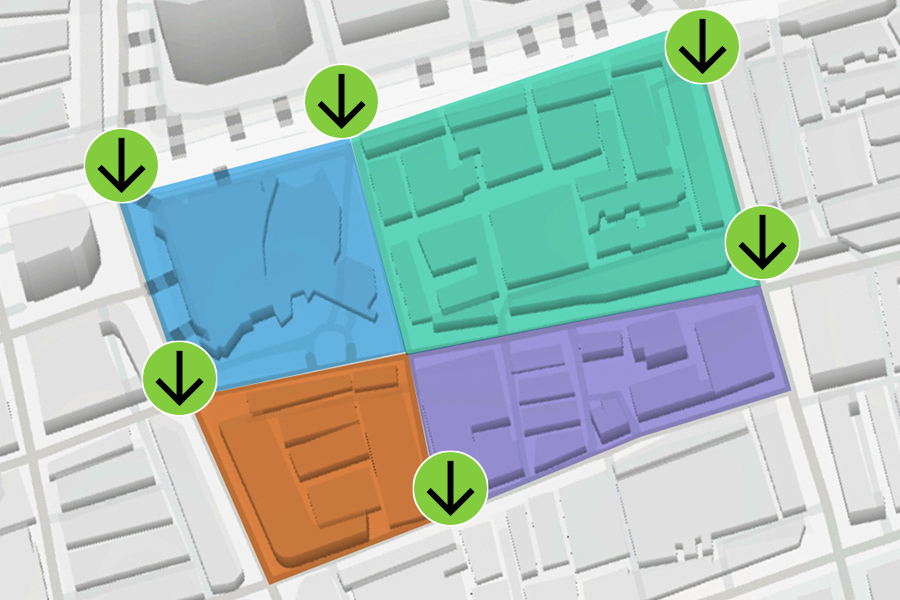
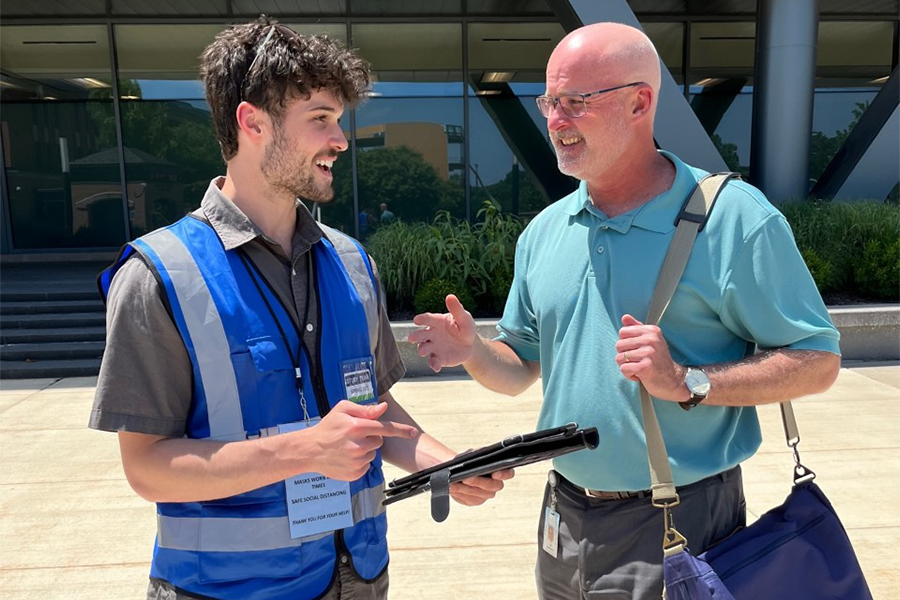
1. Recruitment
A. Recruitment letter
Study notification letters are mailed to businesses and organizations from a region-wide sampling plan prior to recruitment. These letters may also be sent via email when a company requests information regarding the study. After a response is received, the vendor's recruitment team speaks to an official contact within the business to discuss the details of the one-day study.
B. Recruitment meeting
A meeting with establishment officials is occasionally necessary to understand the requirements needed to successfully survey a specific workplace. These meetings are conducted prior to surveying large "Special Generator" sites that generate high volumes of traffic, such as universities, shopping malls, airports, etc.
2. Site plans
Site plans are created for Special Generator sites to show within the facility the exact locations where survey interviews and traffic counts should be performed. These plans take into account key items, such as building entry-exit locations, parking lots layout and circulation, and vehicle access points.
3. Survey date
Prior to the date of the survey, each participating establishment receives details regarding the upcoming traffic count and interview locations and protocol. A field supervisor arrives one hour prior to the start of the business' operation hours to set up traffic counting equipment and coordinate with interview staff. After an introduction between the supervisor and the business owner or manager, counts and interview commences upon opening hours and proceeds throughout the entire workday. Each interview takes approximately two to five minutes, and focuses on the respondent’s travel to and from the establishment.
Special generators
Special generator surveys are a special type of establishment survey for locations that generate large amounts of travel.
Previous organization information can be found here.
Commercial vehicle surveys
The commercial vehicle survey helps estimate the amount of commercial traffic in an area and the types of cargo being transported. Local businesses and organizations use a smartphone app, website, or other methods to record information about the services and delivery trips they make.
External study
External studies utilize anonymized crowd-sourced data from mobile devices and vehicle navigation systems to analyze the regional travel patterns. The results, displayed as visualizations in some areas, help TxDOT estimate the amount of vehicles travelling into, out of, and through the urban areas of Texas.
Read more about our interactive visualizations and reports.
